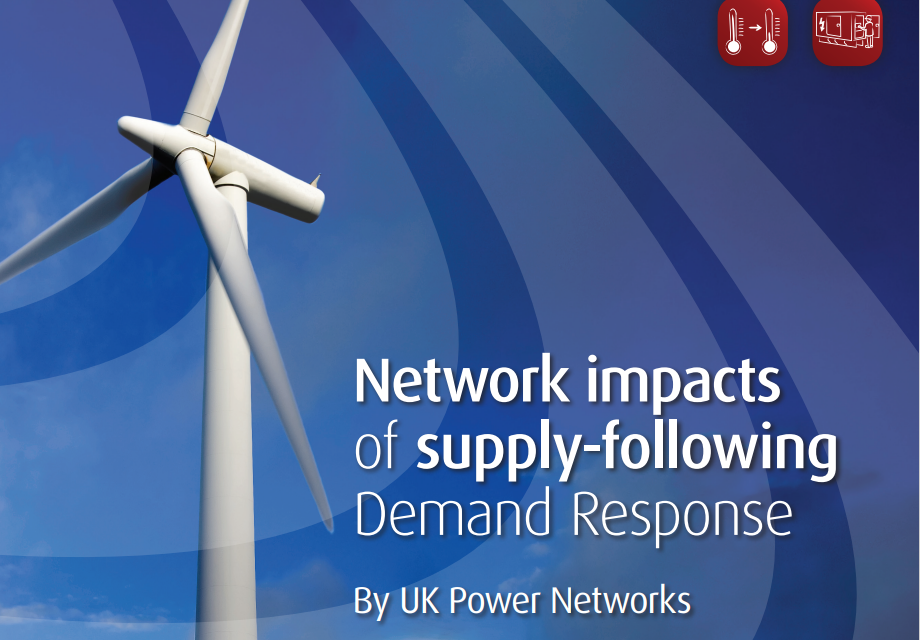UKPN: Network impacts of supply-following Demand Response
This report examines the relative values of benefits that will motivate different buyers of Demand Side Response services and how the differences in DSR programmes will impact the distribution network. BID3 was used to simulate the wholesale market and reserve holding issues
For each scenario, we have used a wholesale market model BID3 to deliver generation and reserve holding data. We combined this with probabilistic dispatch of DSR held in reserve and a network module which maps the national picture onto local DNO networks, to investigate local use of DSR and the impact of national issues at the local level.
In addition, we also ran two sensitivities testing variables which we believe are of significant importance, and that may impact the DNO’s ability to use DSR when needed:
- Solar sensitivity: We increased the solar capacity from 15GW to 25GW to further test the impact of additional solar capacity on the local network; and
- DSR utilisation price sensitivity: The utilisation price paid for a particular DSR resource as part of the trials was in the range of £200/MWh up to £250/MWh. We reduced the DSR utilisation price to a new range of £100/MWh to £170/MWh, testing a world where DSR is more competitively priced than an OCGT (gas turbine)
As DNOs enter the market for DSR resources, they will compete initially with the SO, and increasingly with suppliers who will become significant users of DSR due to the levels of intermittent generation and tightening of imbalance penalties. This report demonstrates that there is a strong case that customer interests are best served by a coordinated approach to
the sharing of DSR between different parties, rather than leaving suppliers, DNOs and the SO to outbid each other for DSR resources. Such a sharing framework will need to be discussed and understood across the industry in order to minimise impact, specifically looking at the opportunities for coordinating DSR procurement, dispatch of DSR, and network planning
rules in order to consider the physical restrictions of the networks.



